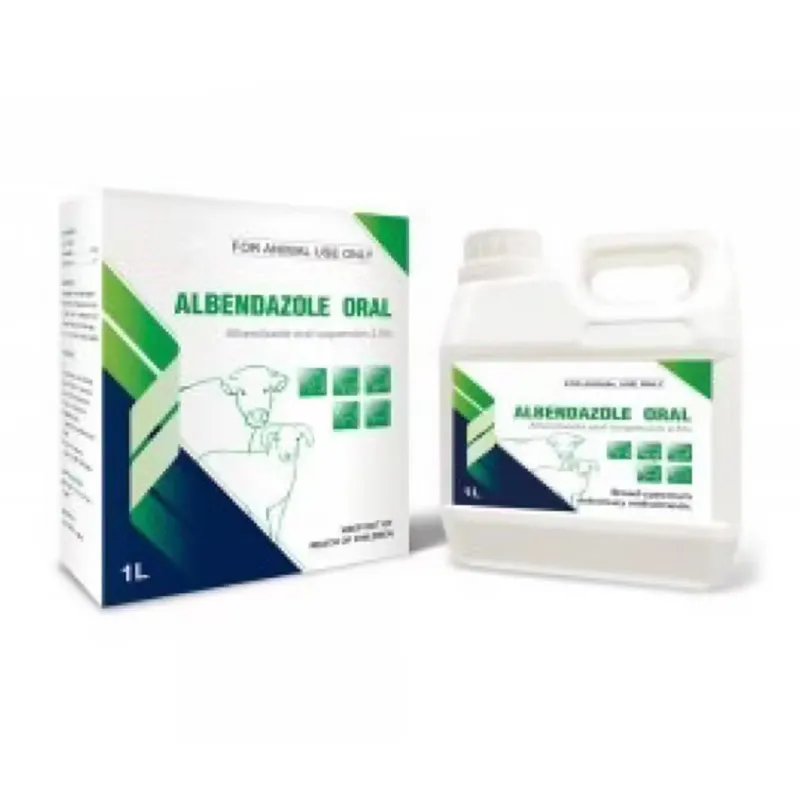- Afrikaans
- Albanian
- Amharic
- Arabic
- Armenian
- Azerbaijani
- Basque
- Belarusian
- Bengali
- Bosnian
- Bulgarian
- Catalan
- Cebuano
- Corsican
- Croatian
- Czech
- Danish
- Dutch
- English
- Esperanto
- Estonian
- Finnish
- French
- Frisian
- Galician
- Georgian
- German
- Greek
- Gujarati
- Haitian Creole
- hausa
- hawaiian
- Hebrew
- Hindi
- Miao
- Hungarian
- Icelandic
- igbo
- Indonesian
- irish
- Italian
- Japanese
- Javanese
- Kannada
- kazakh
- Khmer
- Rwandese
- Korean
- Kurdish
- Kyrgyz
- Lao
- Latin
- Latvian
- Lithuanian
- Luxembourgish
- Macedonian
- Malgashi
- Malay
- Malayalam
- Maltese
- Maori
- Marathi
- Mongolian
- Myanmar
- Nepali
- Norwegian
- Norwegian
- Occitan
- Pashto
- Persian
- Polish
- Portuguese
- Punjabi
- Romanian
- Russian
- Samoan
- Scottish Gaelic
- Serbian
- Sesotho
- Shona
- Sindhi
- Sinhala
- Slovak
- Slovenian
- Somali
- Spanish
- Sundanese
- Swahili
- Swedish
- Tagalog
- Tajik
- Tamil
- Tatar
- Telugu
- Thai
- Turkish
- Turkmen
- Ukrainian
- Urdu
- Uighur
- Uzbek
- Vietnamese
- Welsh
- Bantu
- Yiddish
- Yoruba
- Zulu
des . 09, 2024 20:21 Back to list
Erythromycin Thiocyanate Use in Poultry for Improved Health and Performance
Erythromycin Thiocyanate in Poultry An Overview
Erythromycin, a macrolide antibiotic derived from the fermentation of the bacterium Saccharopolyspora erythraea, has been extensively used in veterinary medicine, particularly in the poultry industry. One of its derivatives, erythromycin thiocyanate, is a compound that has garnered attention for its antimicrobial properties, effectiveness against various pathogens, and relatively low toxicity in birds. This article will delve into the uses and significance of erythromycin thiocyanate in poultry production.
Background on Erythromycin Thiocyanate
Erythromycin thiocyanate is formed when erythromycin is reacted with thiocyanate ions. This compound has similar antimicrobial activity to that of erythromycin but offers some advantages in terms of pharmacokinetics and bioavailability. Erythromycin primarily targets bacteria by inhibiting protein synthesis, effectively stopping bacterial growth. Its application in poultry helps to control and prevent diseases caused by sensitive bacterial strains.
Applications in Poultry Health
Poultry farming is highly susceptible to various bacterial infections that can lead to significant economic losses. Erythromycin thiocyanate is used as a therapeutic agent to manage respiratory diseases, enteritis, and other infections in chickens, turkeys, and other poultry species. Specifically, pathogens such as Mycoplasma gallisepticum, Escherichia coli, and Salmonella species, which can cause severe health issues in birds and reduce production efficiency, are sensitive to this antibiotic.
erythromycin thiocyanate poultry

In addition to its antibacterial properties, erythromycin thiocyanate is sometimes used as a feed additive to improve growth rates and feed conversion efficiency in poultry. By mitigating health issues caused by bacterial infections, it allows birds to grow more consistently and reach market weights more swiftly. This dual function makes erythromycin thiocyanate an essential tool in the arsenal of poultry producers.
Safety and Residue Concerns
One of the primary considerations in the use of any antimicrobial agent in food-producing animals is the potential for drug residues to remain in the animal’s tissues and subsequently enter the human food supply. Erythromycin thiocyanate has been shown to have a low residue profile, especially when used according to recommended dosages and withdrawal times. Consequently, it is generally considered safe for use in poultry, provided that producers adhere to guidelines set forth by regulatory agencies.
Nonetheless, prudent use of antibiotics in livestock is critical to minimizing the risk of antibiotic resistance. It is essential for producers to implement good management practices, including rotational drug use and proper biosecurity measures, to mitigate the emergence of resistant bacterial strains. The veterinary community strongly advocates for responsible drug use, promoting alternative management strategies like vaccination and enhanced hygiene to reduce reliance on antibiotics.
Conclusion
Erythromycin thiocyanate is a significant asset in the poultry industry, offering effective management of bacterial infections and promoting overall flock health. Its applications extend beyond treatment to include growth promotion, making it a valuable compound in commercial poultry production. However, it is imperative that its use is carefully monitored to prevent the development of antibiotic resistance and ensure food safety. The future of poultry health will likely continue to rely on a balanced approach that includes both traditional antibiotics and innovative management techniques to foster sustainable practices in animal agriculture. Through responsible use, erythromycin thiocyanate can continue to play a vital role in enhancing poultry health and productivity.
-
Guide to Oxytetracycline Injection
NewsMar.27,2025
-
Guide to Colistin Sulphate
NewsMar.27,2025
-
Gentamicin Sulfate: Uses, Price, And Key Information
NewsMar.27,2025
-
Enrofloxacin Injection: Uses, Price, And Supplier Information
NewsMar.27,2025
-
Dexamethasone Sodium Phosphate Injection: Uses, Price, And Key Information
NewsMar.27,2025
-
Albendazole Tablet: Uses, Dosage, Cost, And Key Information
NewsMar.27,2025













